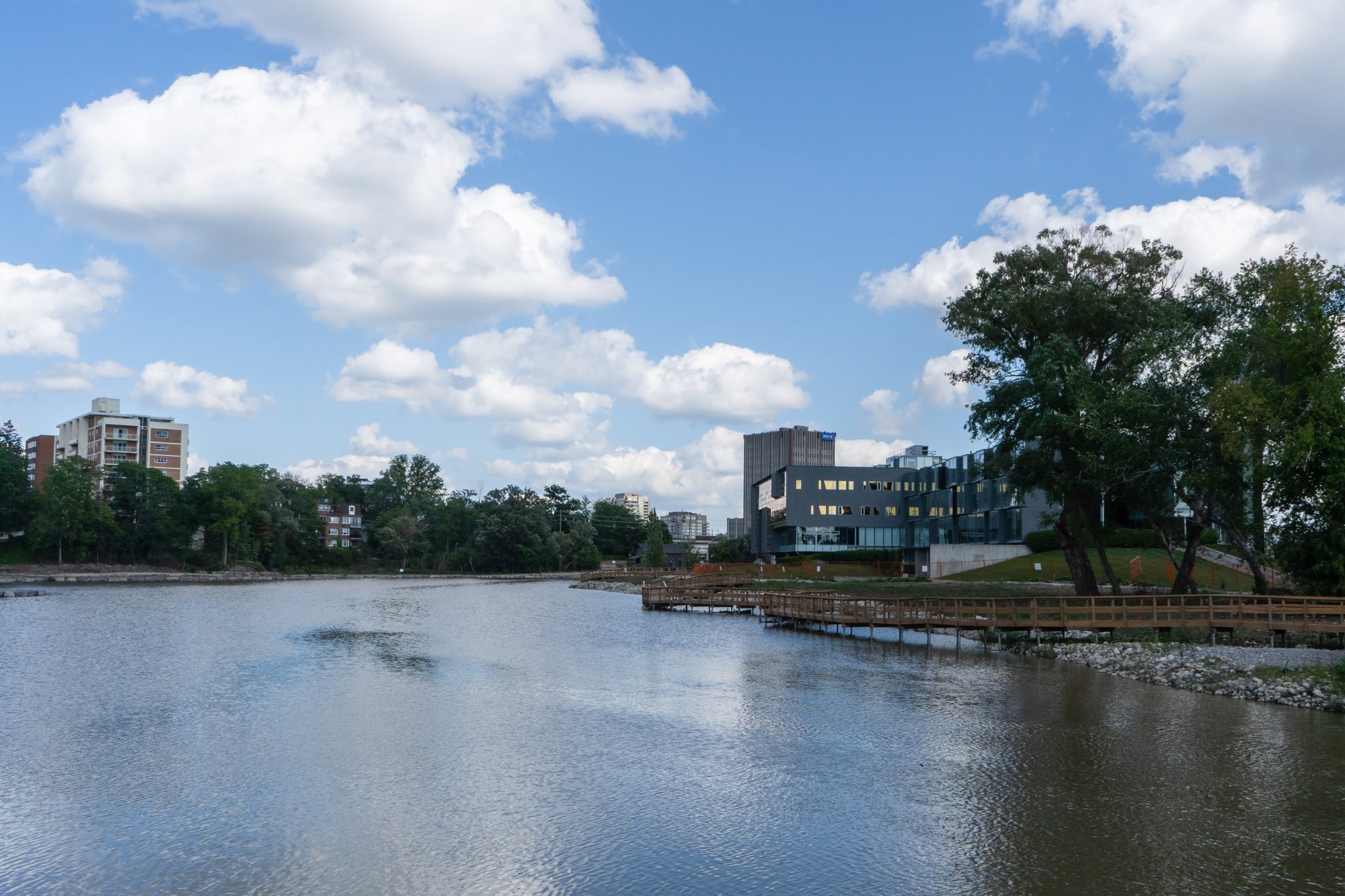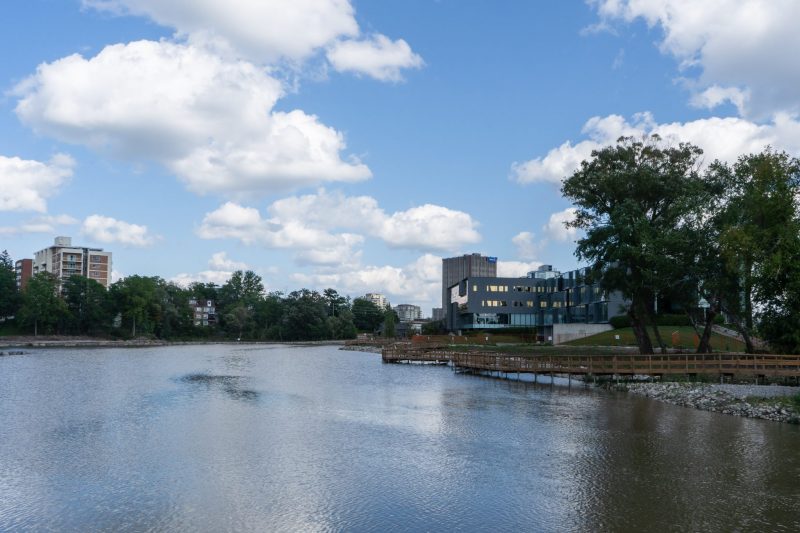Kitchener-Waterloo ranks high for environmental quality


According to The Canadian Environmental Quality Index (Can-EQI), a new study that measures environmental quality within and between Canadian cities, Kitchener-Waterloo is among the nation’s leading cities for environmental quality.
Daniel Rainham, an environmental epidemiologist and health geographer at Dalhousie University and co-author of the Can-EQI, said the study is focused on environmental characteristics which reliably result in both negative and positive health outcomes within populations. It is the first of its kind in Canada.
“So, for example, we know that inhaling almost any amount of air pollution is going to have a negative health effect, whereas there is evidence now that shows that the more green space or trees we have in our neighbourhood is beneficial to our health,” Rainham said.
Negative health effects associated with high levels of air pollution include pulmonary and cardiovascular complications. Abundant green and blue space (i.e., bodies of water), on the other hand, are associated with a reduced risk of mortality, among other things.
“We know that there’s a reduced risk of mortality when you have more green space, but even a greater reduction in risk of mortality when you have more access to blue space,” Rainham said.
In addition to air pollution and access to green and blue space, the Can-EQI referenced indices from other countries as a sort of guiding light to consider such indicators as UV exposure, distance to fuel-based power plants and the regional intensity of heatwaves and cold spells.
Relatively small regions like Kitchener-Waterloo and Guelph ranked higher along these lines than metropolises like Toronto and Montreal.
We know that there’s a reduced risk of mortality when you have more green space, but even a greater reduction in risk of mortality when you have more access to blue space.
Daniel Rainham, environmental epidemiologist and health geographer at Dalhousie University and co-author of the Can-EQI
“The size of them and the sort of density of development means that they just have greater numbers of people in a smaller area … they have more fossil fuel combustion, less vegetation,” Rainham said.
Even the composition of the ground in larger cities has a role to play here. According to Rainham, less vegetation means more surfaces like concrete and asphalt, which lend themselves to being warmer during heatwaves, resulting in a lower score on the Can-EQI.
This information can be useful for navigating such territory as whether there is an ideal size for cities. “Maybe there is a more optimal-sized city [where] you can have quite a number of people living in it but at the same time … it hasn’t affected the environment or modified the environment to the point where some portions of the population are going to be negatively impacted,” Rainham said.
Such portions of the population are, especially in larger cities, typically members of lower-status socio-economic groups.
In smaller, less dense regions like Kitchener-Waterloo, less wealthy community members might not be as burdened by harmful environmental determinants of health.
Within these regions, the variation of environmental quality between neighbourhoods tends to be less.
“So, regardless of your sort of socio-economic status, you may still have access to a lot of vegetation, relatively lower levels of air pollution and so on,” Rainham said.
It is worth noting that mental health outcomes also relate to one’s environmental context. According to Sean Doherty, a professor of geography and environmental studies at Wilfrid Laurier University, first-hand experience is positively impacted by immersion in natural spaces.
“I think there’s lots of personal evidence to suggest that natural areas are certainly good for us. They’re de-stressing, they improve our mood, we feel good in them, we do good things in those environments … and we feel refreshed,” Doherty said.
Students and other community members who live in a region like Kitchener-Waterloo, which ranks high on the Can-EQI, can take advantage of such a ranking by visiting natural spaces whenever they can.
“Find special places that you feel good in and keep returning to them. That would be my advice,” Doherty said.
Heeding such advice can translate to a healthier body and mind. Researchers like Rainham and Doherty are only beginning to unpack the myriad ways in which this is true.

